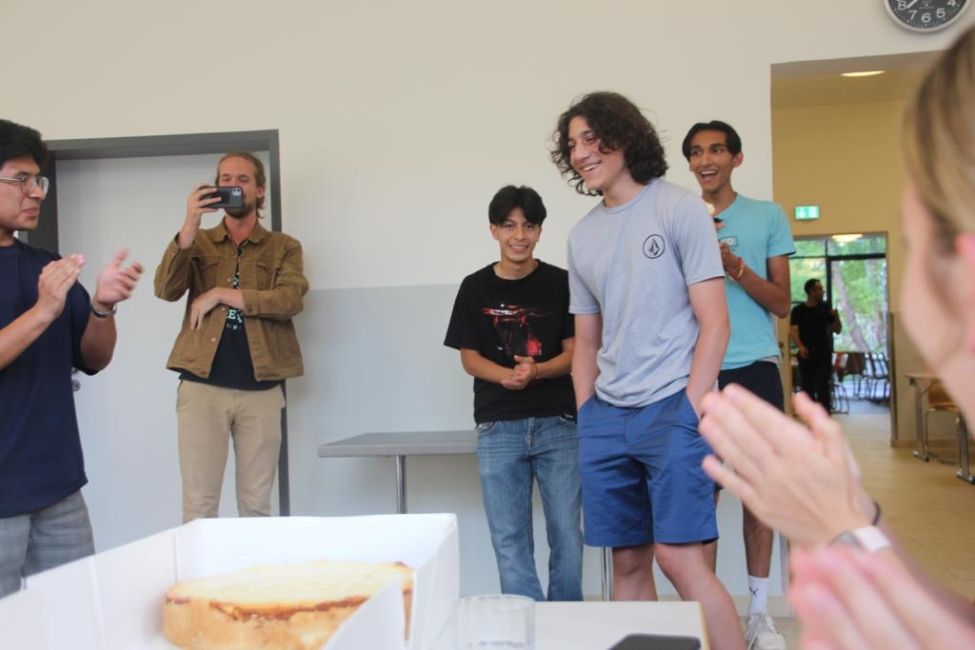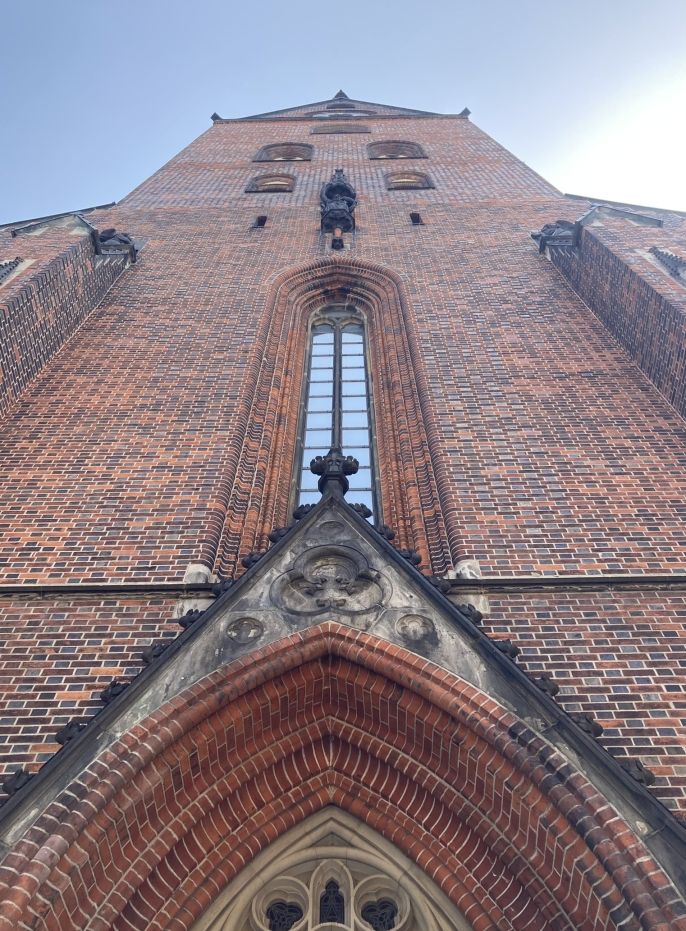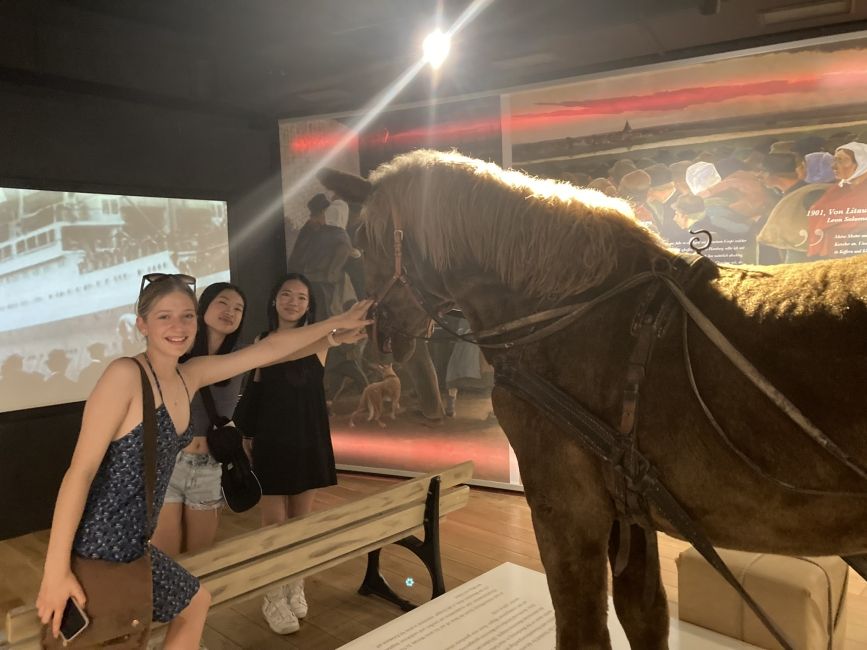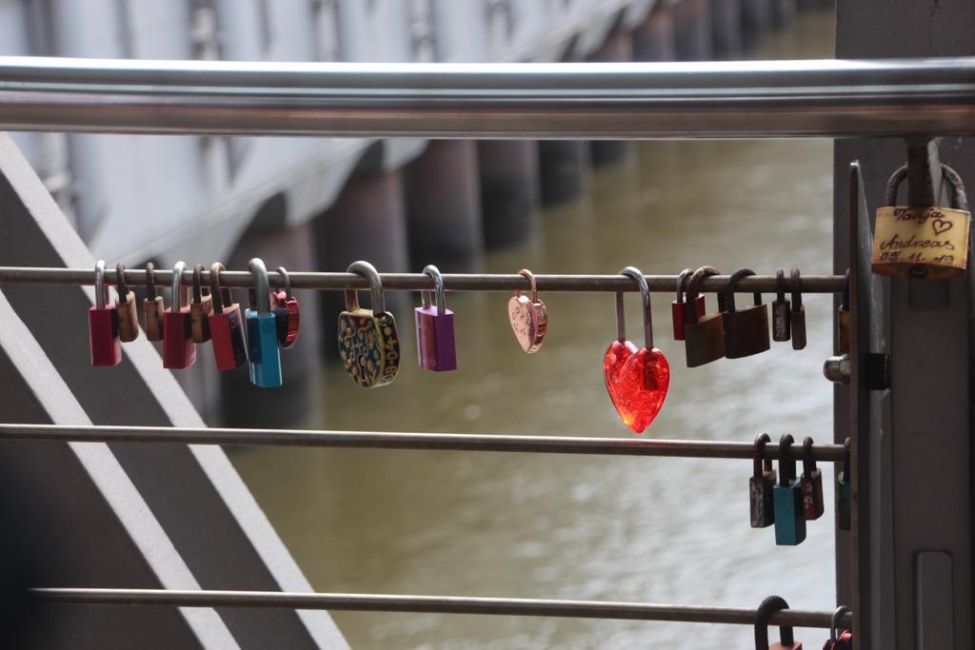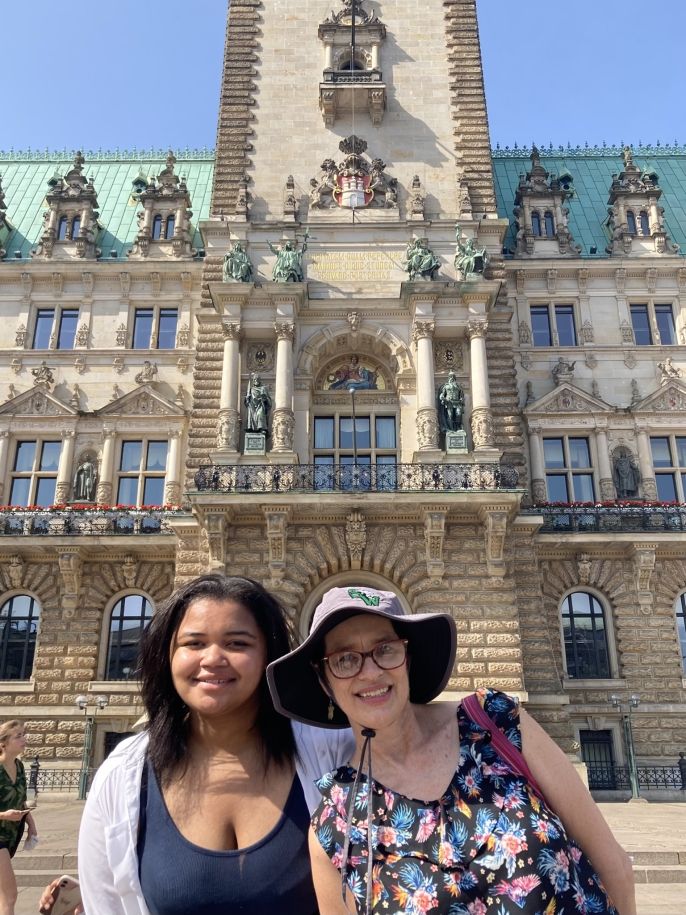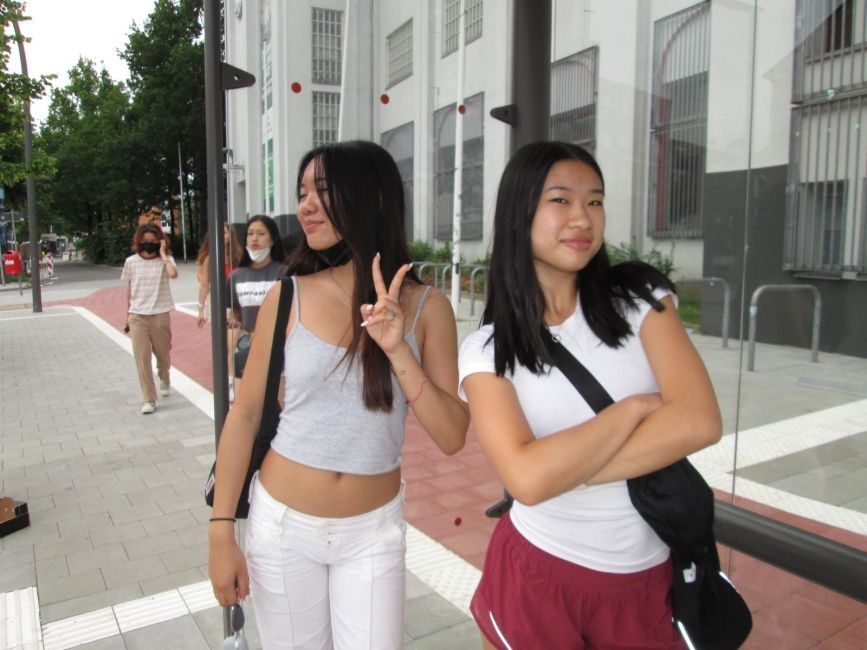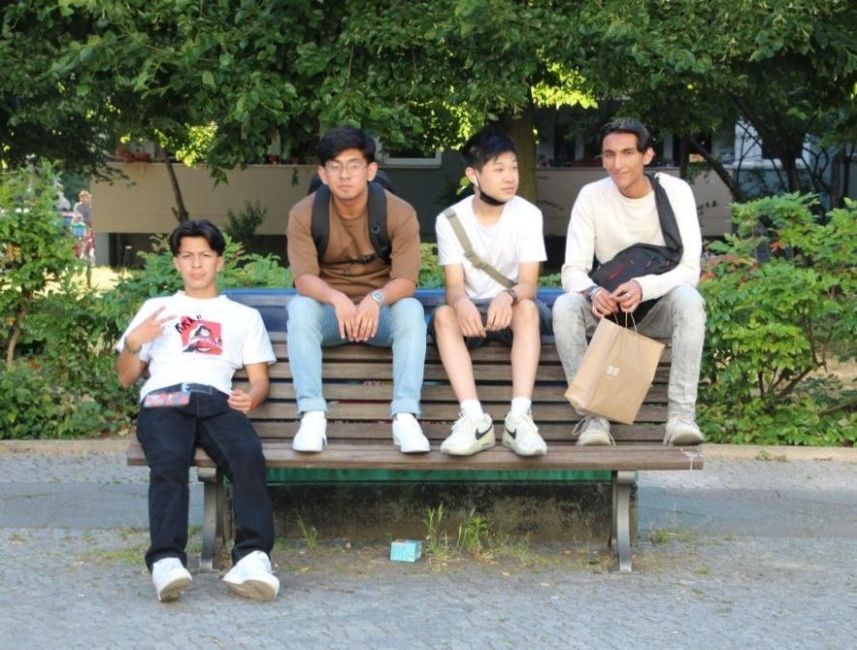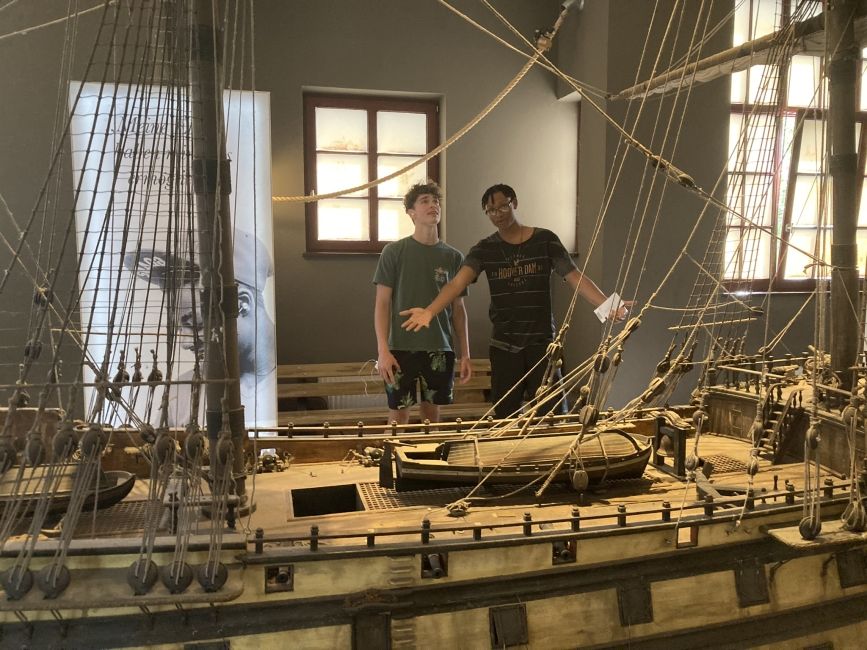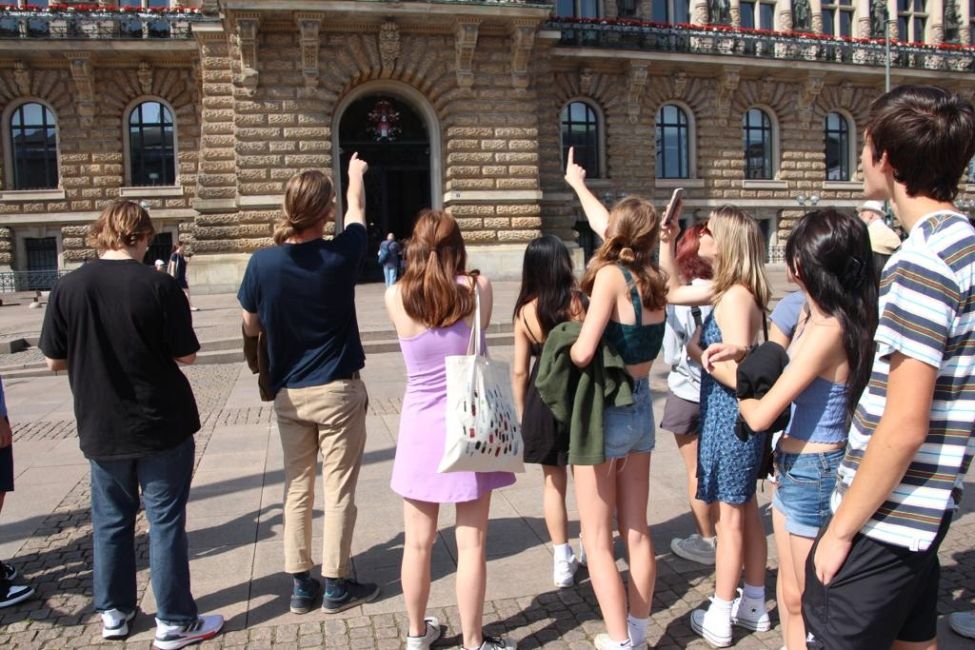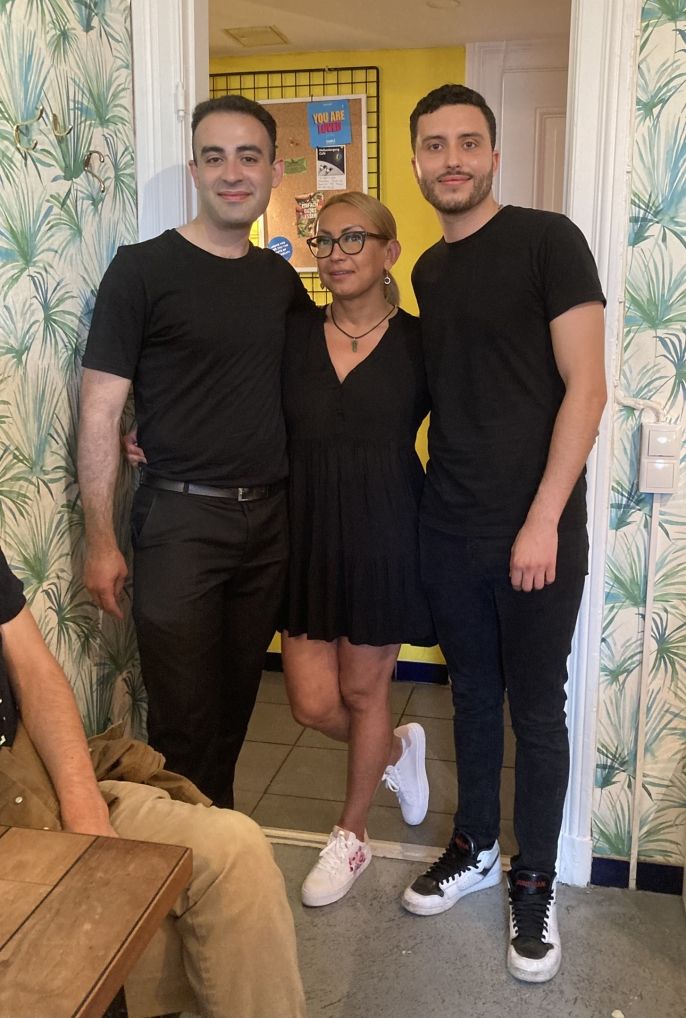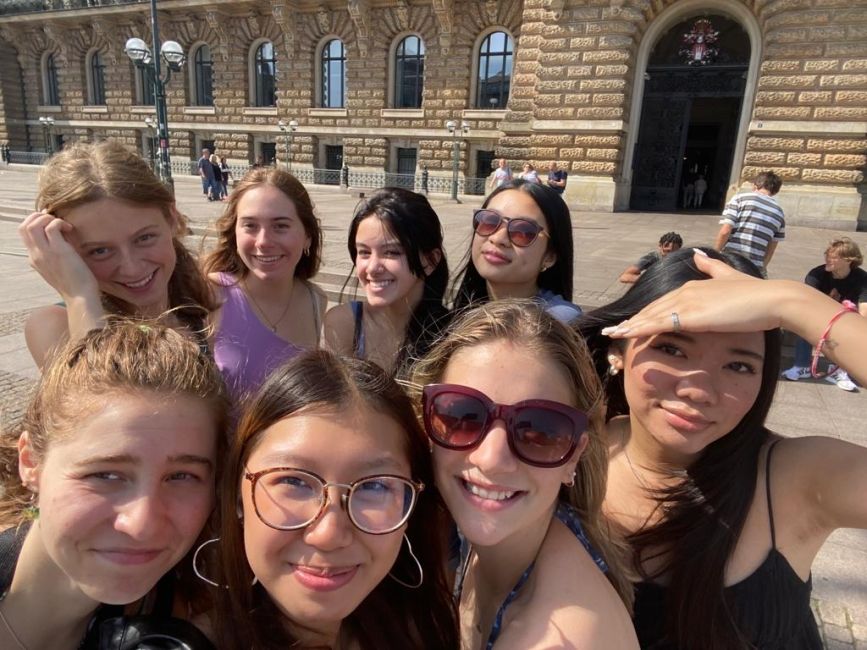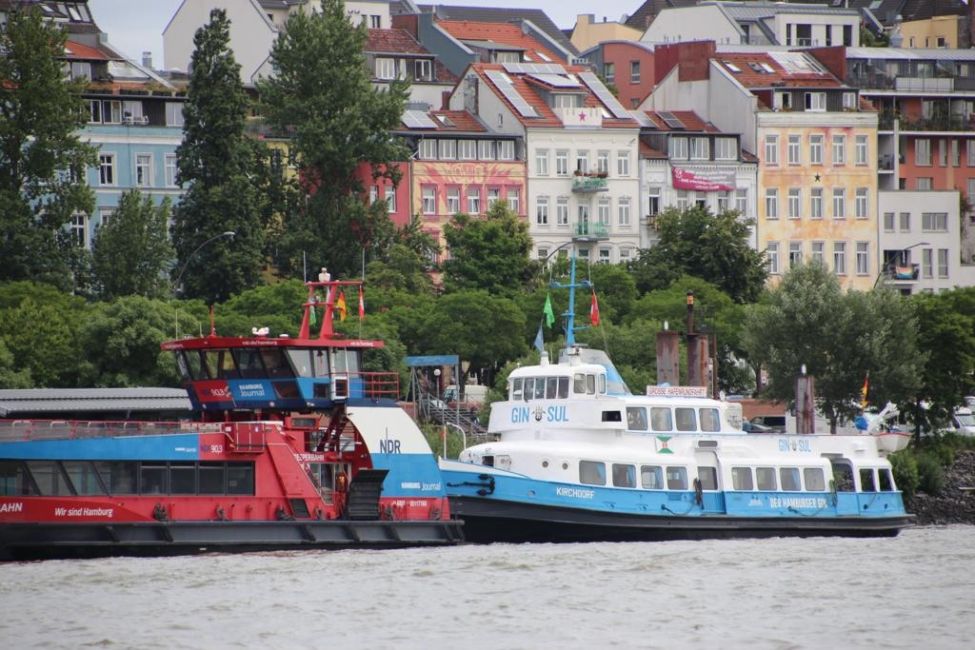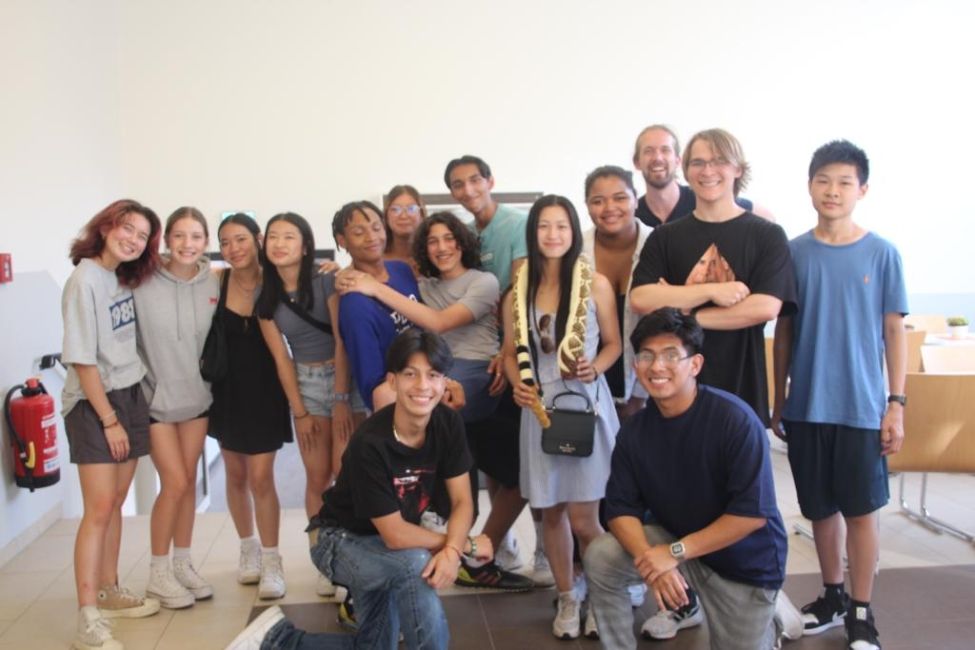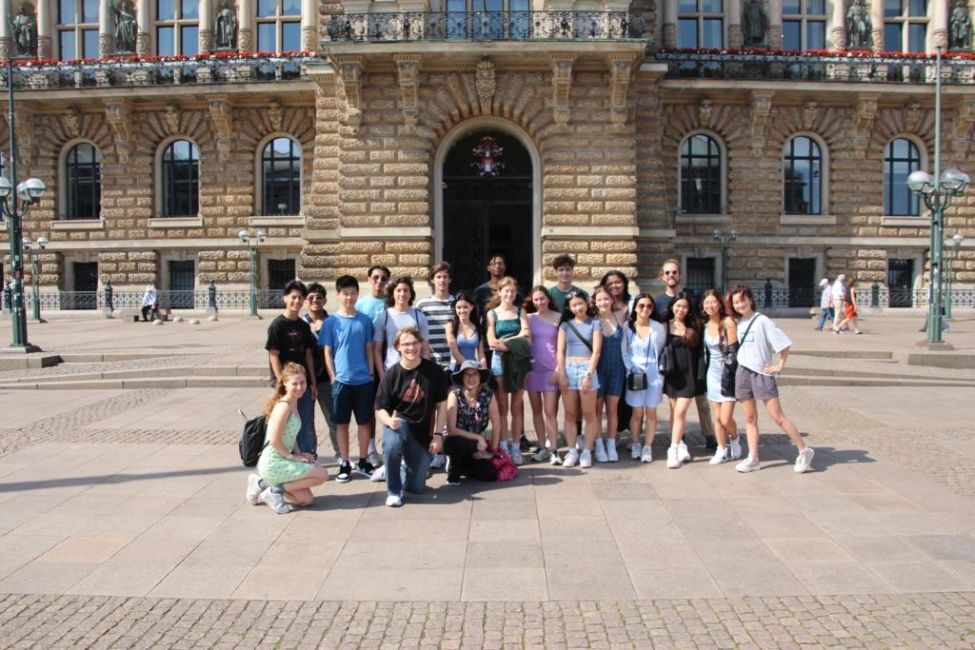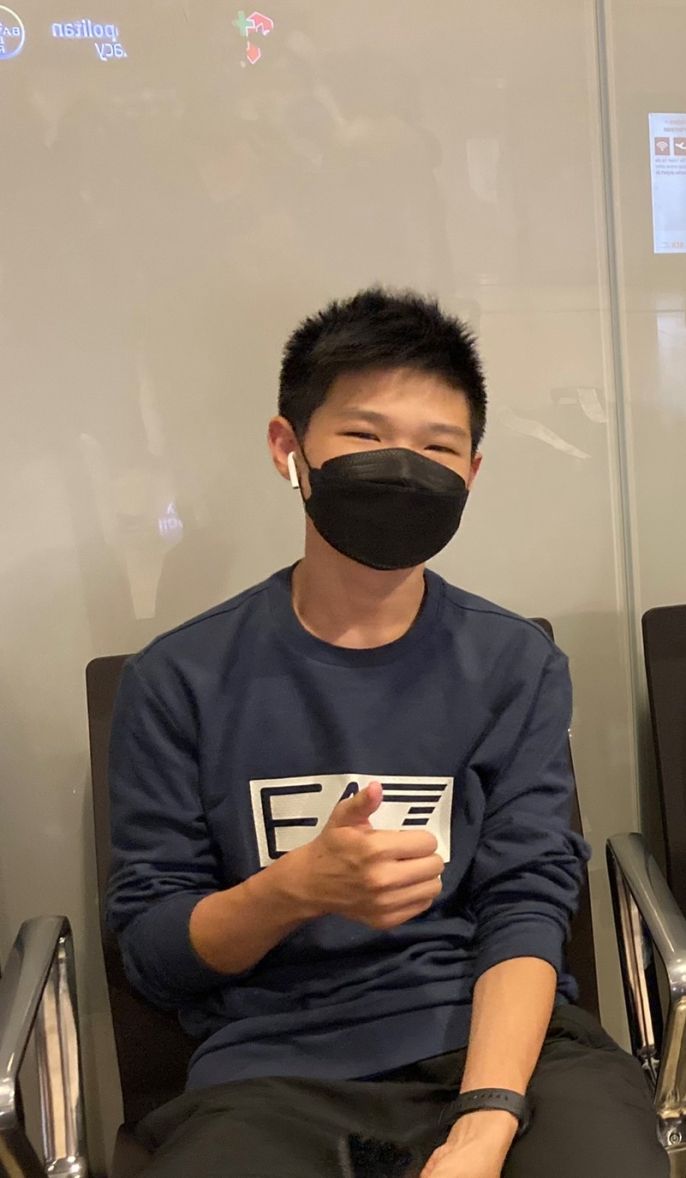Hamburg: Passageway of Dreams
We had a whirlwind tour in Hamburg this past weekend, a grand city on the northern tip of Germany that has long been a passageway of dreams, of people coming and going. After a delightful two-hour+ train ride across the German countryside, we arrived at the Hamburg Jugendherberge, or Youth Hostel, in Hamburg. It was much fancier than the ones some of us, ahem, older travelers remember from back in the day. No cement floors and wire bed frames here. In fact, on Saturday night, we had a spacious conference room to celebrate the birthday of two of our participants, Josh G. and Tiffany L.
On Saturday, we headed to the main sqaure in Hamburg in front of the city and county seat, known as the Rathaus, or townhall. The buidling itself is towering and impressive. Inside, students browsed informational displays about how "social misfits" were treated even after World War II, often kept under house arrest for decades, and subjected to forced sterilization. We waited excitedly for our English-speaking tour guide. When the guide was an inexplicable no-show, program leader Tommy Herz suggested he could brush up on the local history and step in as an ersatz tour guide. What fortune! He is a high school history teacher after all. It was the perfect solution! Tommy led us through the square, regaling us with tales of secret passageways in the town hall and the Great Fire of Hamburg in 1842, which burned for three days and destroyed a third of the entire city. Our impromptu but brilliant tour ended at the massive Church of St. Peter, a protestant cathedral since the Reformation, orginally built in the 12th century.
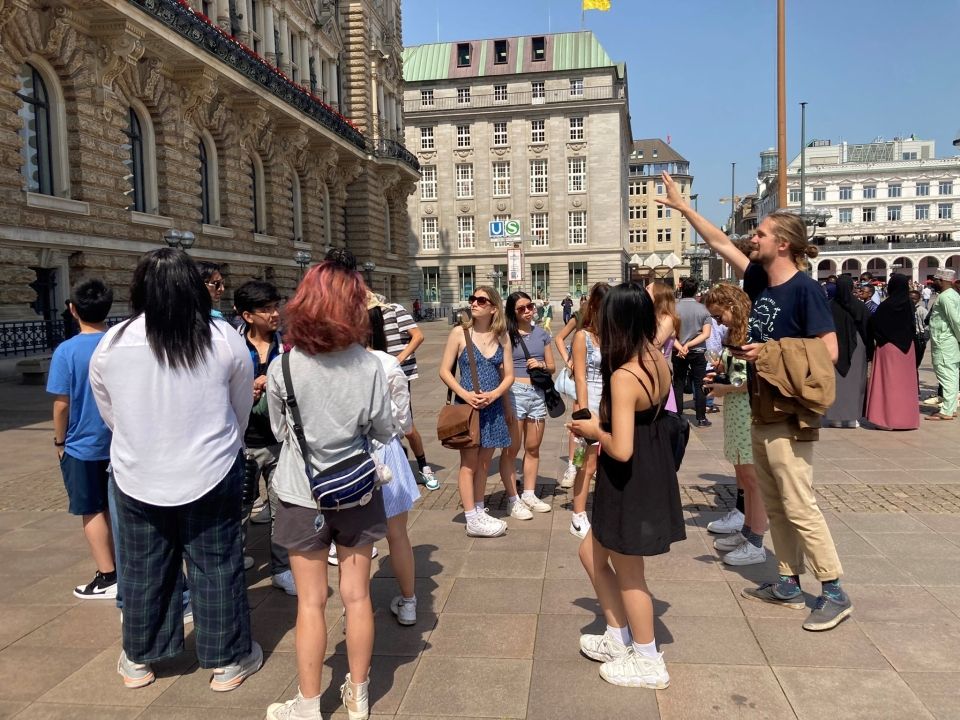
Our next stop was lunch at a Venezuelan restaurant called Macaibo. It was started by an immigrant from Venezuela who wanted to provide a home away from home for other Latinos as well as introduce arepas and pabellones to the locals in Berlin. Students heard the manager talk about the warmth and welcome he experiences as an immigrant in Hamburg. This proved to be welcome progress. In constrast, the older employees remember much more discrimination toward immigrants in the late 1990s. Like Berlin, Hamburg has distinct, and now appreciated, international tones.
In recent times, Germany has been a destination for many immigrants and refugees who dreamed of a better life. We met these Venezuelan restauranteurs as well as the Syrian refugees last week, who also had started their own retaurant with the support of local Germans. Moreover, at the Berlin bus station, we saw this sign in English, Russian and Ukrainian announcing a welcome center.
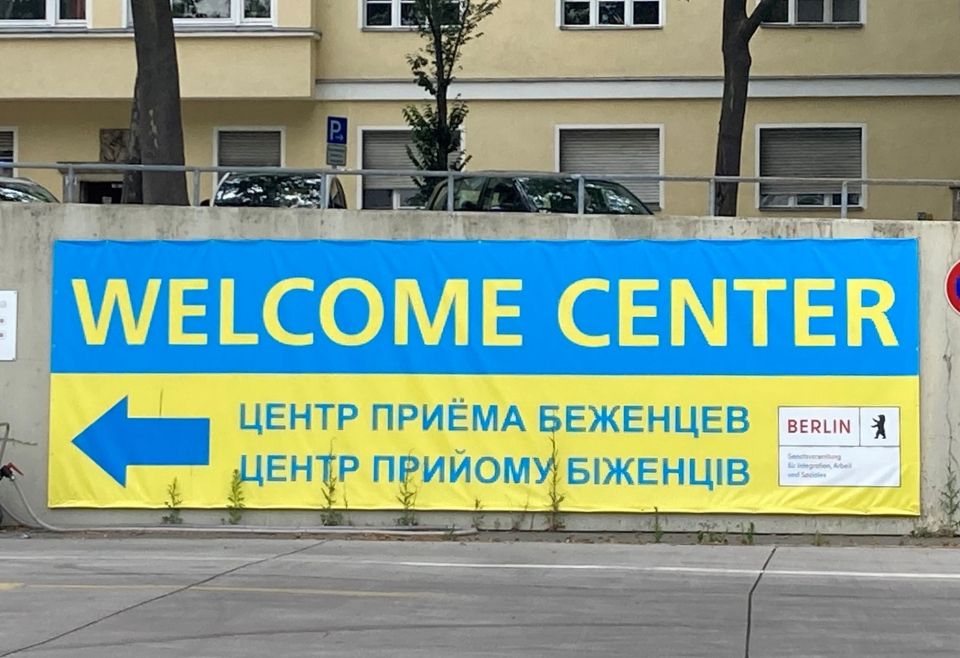
On Saturday afternoon, we looked at migration from the opposite perspective, visiting the Auswanderermuseum or "Emigrants Museum" in Ballinstadt, Hamburg. This was a processing center for emigrants leaving Germany, mostly to the United States from 1850-1933. From here, five million emigrants from all over Europe, including many Germans, set out on their voyages to the United States. This was particularly interesting for several of us whose own grandparents came through this very center on their way to dreams in another land.
Our final highlight of the weekend was a boat tour in the Hamburg harbor. Again, unexpectedly, English guides were suddenly nowhere to be found. So, the always-resourceful CIEE team pulled together a backup plan, with Suel, our activities coordinator, and Kristina, one of the program directors, joining forces with the German-speaking boat guide to translate the tour highlights into English. We later learned that several students fell asleep during the impromptu presentation, but other than that, we were sure our presentation was excellent. (We did wonder why Professor Tommy got tips from the students after the Rathaus tour, but we didn't get any....?!)
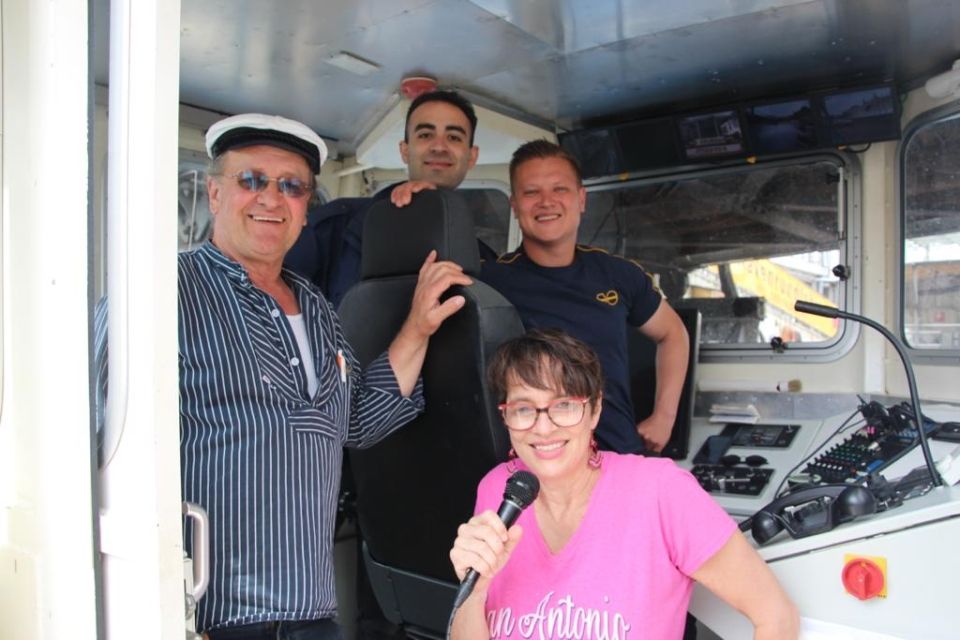
We are only into our second week on this marvelous adventure of Global Entrepreneurship, and already we have gotten a close-up look at the intersection of business and human migration in Germany, people leaving and people coming. We have gained meaningful historical perspective and reflected on our own connections to migration in our family histories. This has led to the consideration of customer segments, unique selling propsition, key metrics, developing pitch and building a professional online brand. Oh, wait, that's the on the curriculum for this coming week. So much depth, so much learning, so much meaningful growth! More awaits.
Related Posts
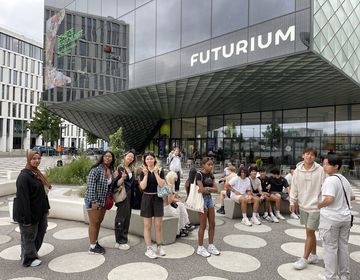
Futurium: A Glimpse Into Tomorrow
CIEE Entrepreneurship students visited Futurium today. Berlin’s Futurium offers a captivating portal into potential tomorrows. This interactive museum is a masterclass in the convergence of science, technology, and society, inviting... keep reading
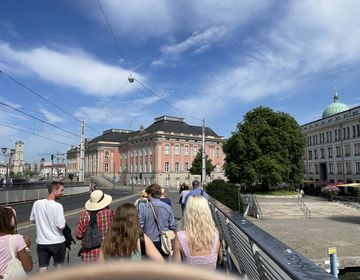
Potsdam: Where History Meets Hip
A welcome respite from the entrepreneurial grind, CIEE students traded their laptops for train tickets, embarking on a day trip to Potsdam. Known primarily for its opulent palaces and meticulously... keep reading
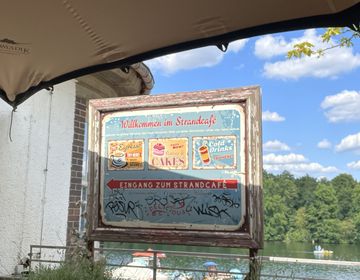
From Product Pitches to Poolside: A Berlin Balancing Act
The art of product development is a delicate dance between creation and critique. Today, CIEE students in Berlin found themselves in the midst of a lively pas de deux as... keep reading
